NEW DELHI—Nausana, a village about 60 miles outside New Delhi in India’s most populous state, Uttar Pradesh, had only one case of COVID-19 during the country’s second wave of the pandemic: a driver for a Delhi High Court judge who recovered while in quarantine.
All 1,700 of the village’s voters have already been tested, and vaccinations began on May 28. But the vaccinations aren’t being administered in the village’s sub-health care center—a health unit in India that is the first point of contact between any community and its primary health care facility—but instead in villagers’ homes on charpaies, traditional beds made from ropes.
Rural health care in India consists of a three-tiered system. At the lowest tier, each sub-center caters to an average of more than 5,000 people. Each group of six sub-centers refers patients to a primary health center (PHC), a six-bed facility that serves more than 30,000 people. Four PHCs refer to a community health center, a 30-bed site for more than 120,000 people.
Ideally, Nausana’s sub-health care center should have been where COVID-19 testing and vaccinations were administered for the community, but when The Epoch Times visited it on May 27, it was locked and dusty. Through an open window, a table and chair were visible, along with a few medicines on otherwise empty shelves. Adjoining were two empty rooms with large cobwebs.
Harish Rawat, 83, a veteran who lives across from the sub-center, told The Epoch Times that the building is in “pathetic condition,” even though it was built just 10 years ago.
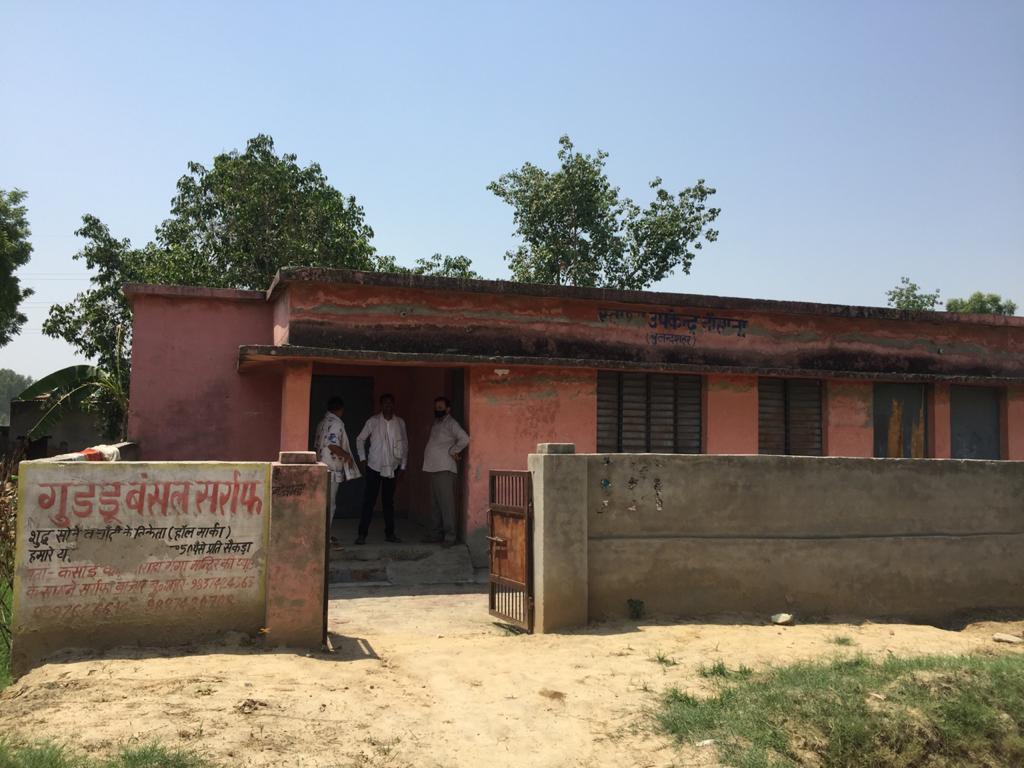
“Whereas there’s a provision of residential accommodation for a health worker, no one has come to stay here even for a single day. Electric fittings have been provided, but no electric connection, to date,” Rawat said.
Before visiting Nausana, The Epoch Times visited Kahira, another village over one mile away. In Kahira, five people died due to COVID-19 in the first week of May, about 27 were infected, and 26 had already recovered.
Kahira is a village of 700 families with a population of 5,000. A team of five COVID-19 responders had come to the village, testing 100 people on the first day and 32 people on the second day, according to Harshvardhan Singh, 38, a native of the village and a lawyer at the Bulandshahr District Court.
“If people are showing symptoms, they are getting tested on their own or others are taking them to Bulandshahr for testing,” said Singh. “The pandemic spread very fast initially, but it got under control. Right now, there’s no panic.”
Bulandshahr, the district headquarters, is the nearest town to both Kahira and Nausana. While The Epoch Times’ visit to Kahira was planned, the visit to Nausana was impromptu.
Both villages are predominately farming communities, with newly elected pradhans (heads of village councils, elected in late April) who said they had spent their own money to provide door-to-door sanitizing efforts. The general budgets would have taken months to be approved and issued to the just-elected village councils, called panchayats.
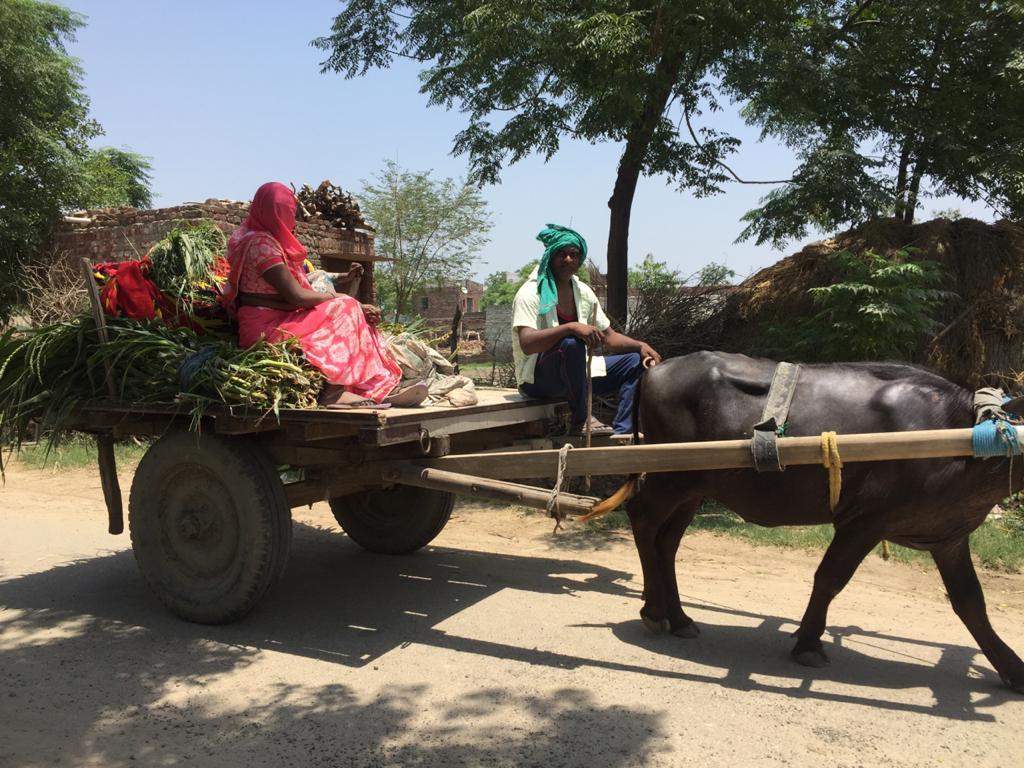
Systemic Lapses Exposed
The pandemic has exposed weaknesses in the Indian health care system, particularly the nation’s primary sites, while overloading the country’s tertiary medical institutions during the second wave, when more than 50 percent of the caseload came from rural areas.While there are positive examples of operational primary care facilities in India, including specially built COVID-19 care centers, and of motivated and duty-bound community health workers, there are many reports of sub-optimum functionality like that seen in Nausana and Kahira.
“There is currently a shortfall in health facilities: 18% at the Sub-Centre level, 22% at the PHC level, and 30% at the CHC level (as of March 2018). Although the number of facilities has increased over the years, the workforce availability is substantially below the recommended levels as suggested by the World Health Organization,” authors Anant Kumar, K. Rajasekharan Nayar, and Shaffi Fazaludeen Koyac wrote.
When The Epoch Times visited Kahira, it met with five community members including Om Prakash, 40, the newly appointed pradhan, who presides over a council of 15 members.
“We have a population of 5,000, but we have no sub-health center. We should have one. The nearest one is at Malagarh village, which is over nine miles away,” Prakash said, explaining why villagers either go to private doctors or travel to the government’s tertiary health facilities in Bulandshahr.
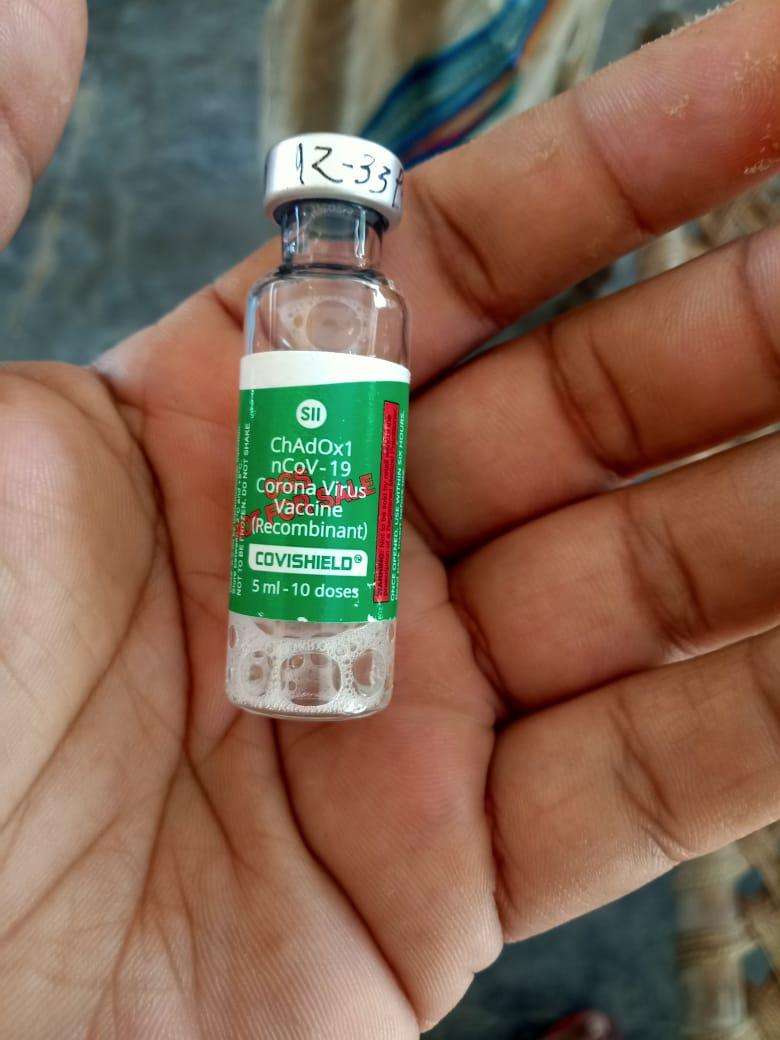
When the primary health care system isn’t functioning well, it puts extreme stress on tertiary care facilities, Dr. Himani Pandya, a public health consultant and expert on India’s community health care system, told The Epoch Times by email. During the pandemic, that has led to a crisis.
“Early detection and management of COVID have shown to be the most effective way to control the pandemic. If we have to reduce the increased burden on tertiary health institutions in India, which are already weak and flooded with volumes of patients, community-based management of COVID is the need of the hour,” said Pandya, who has worked in community health projects conducted by UNICEF and WHO in India.
Chalil, an Indian American who started his career as a doctor in a government hospital in India two decades ago, is currently writing another book, “Beyond COVID-19: The Rise of Indian Healthcare.”
Out of all medical visits in India, nearly 86 percent are made by the rural population, who travel more than 60 miles on average to available health care facilities, according to Chalil.
“Ineffectiveness of the primary health care created a breach in the referral system which should serve as an entry point for the individual and provide continuous comprehensive coordination at all health care levels,” Chalil said, adding that a report based on a study of 143 public facilities in India found that more than half of PHC facilities had an unpredictable pattern of closure, as well as high rates of doctor absenteeism during regular hours—just like the site in Nausana.
Preparing for a 3rd Wave
As the second wave of COVID-19 rapidly declines in India, experts are worried about whether India is ready for a third wave. They say the country needs to act immediately and gather its community-based resources, be innovative, and, above all, introduce reforms.Pandya said rural communities face the critical challenges of misinformation and lack of trust in the governments.
“I remember when we used to go out in the villages to speak to women for a reproductive health project. They would shut their doors, thinking that we are government health workers who will force them to get vaccinated,” she said. Communities continue to distrust vaccines, she said.
Chalil says structural and functional reforms in the system can help manage the next wave and simultaneously improve the health status of the country for decades to come.
“However, health care in India has been chronically underfunded. Systemic barriers to access include long wait times in hospitals, the perceived low quality of public health services, and substantial workforce and infrastructure shortfalls,” he said.
The Indian rural health care crisis is unmatched by that in any other sector of society, and to be better prepared for the future waves, the government of India should increase its health care spending to 5 percent of total gross domestic product from 0.9 percent, Chalil said.
“This investment can help build a telemedicine-capable primary health center or sub-center in every Indian village. These smart PHCs can be managed in collaboration with NGOs or charitable institutions,” he said. But reluctant community participation and poor intersectoral coordination are worsening the situation.
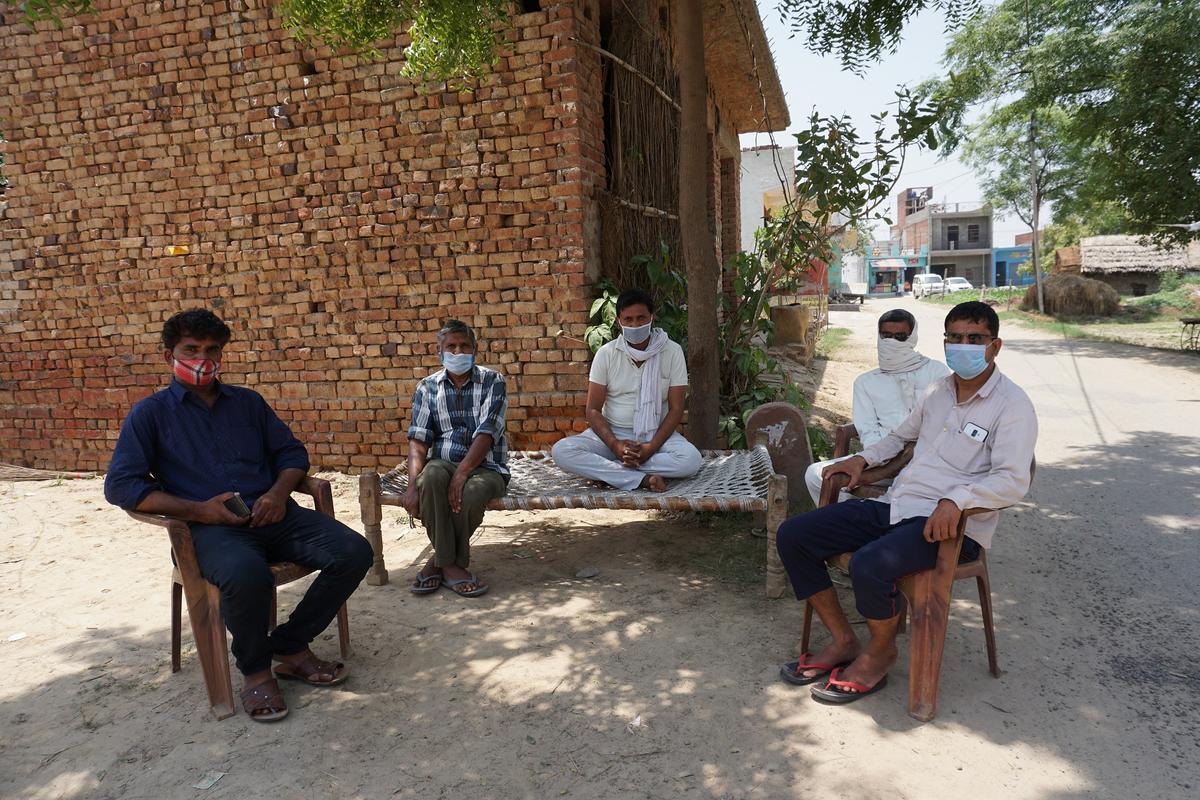
Chalil said India should create a civil service branch to manage health care centers, similar to the Indian administrative service, and increase the number of medical and nursing colleges in India to at least one per district.
Pandya said the pandemic has affected various sections of society indirectly, particularly women and children, because it has stressed routine health care services.
“Pregnant women are not visiting clinics for ante-natal check-ups. Parents are not taking their children for routine immunization. People are not collecting their medications for chronic diseases. Due to lack of availability, contraceptive use dropped, and a lot of women faced unwanted pregnancies,” she said.
“All of these have an indirect impact on health. A lot of this is indicative of a weak and non-resilient health system that fails to run its routine functions in the wake of a pandemic.”
The pandemic should be an eye-opener for India, Pandya said.
“The bad effects that we see might go away and things might stabilize,” she said. “But one of the most important impacts that I see is the realization that we cannot continue to respond to emergencies with the current approach. The status quo cannot continue. We need to be better prepared for such situations in advance.”
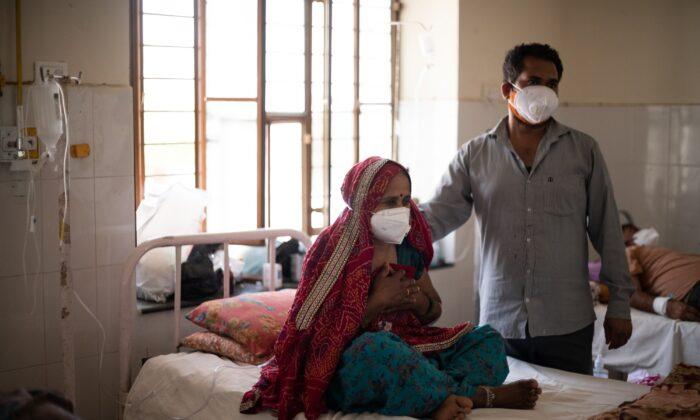

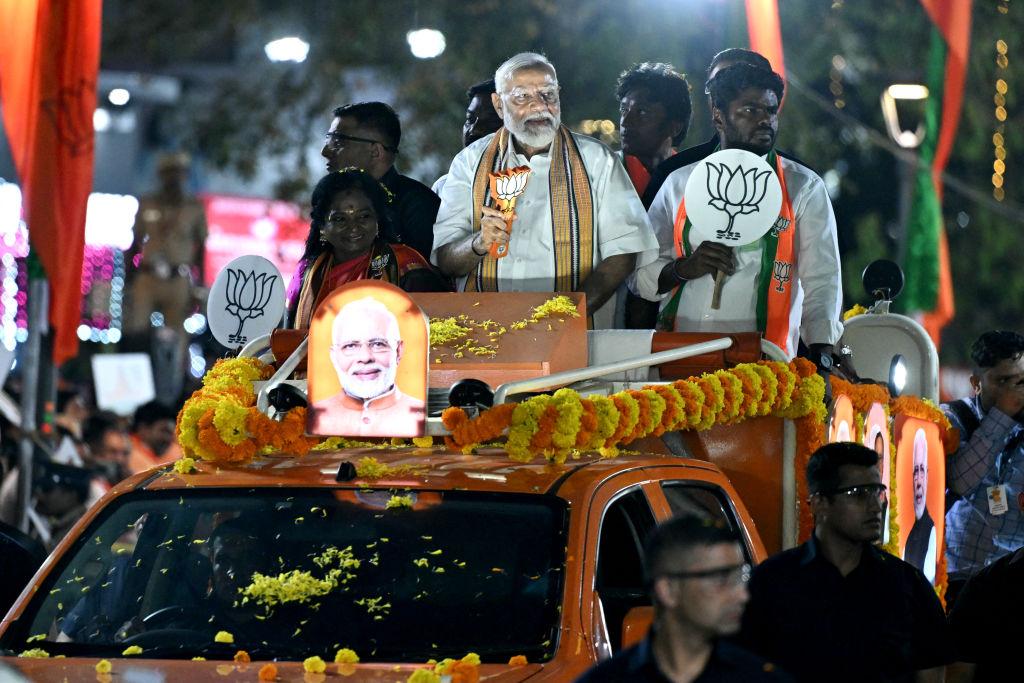
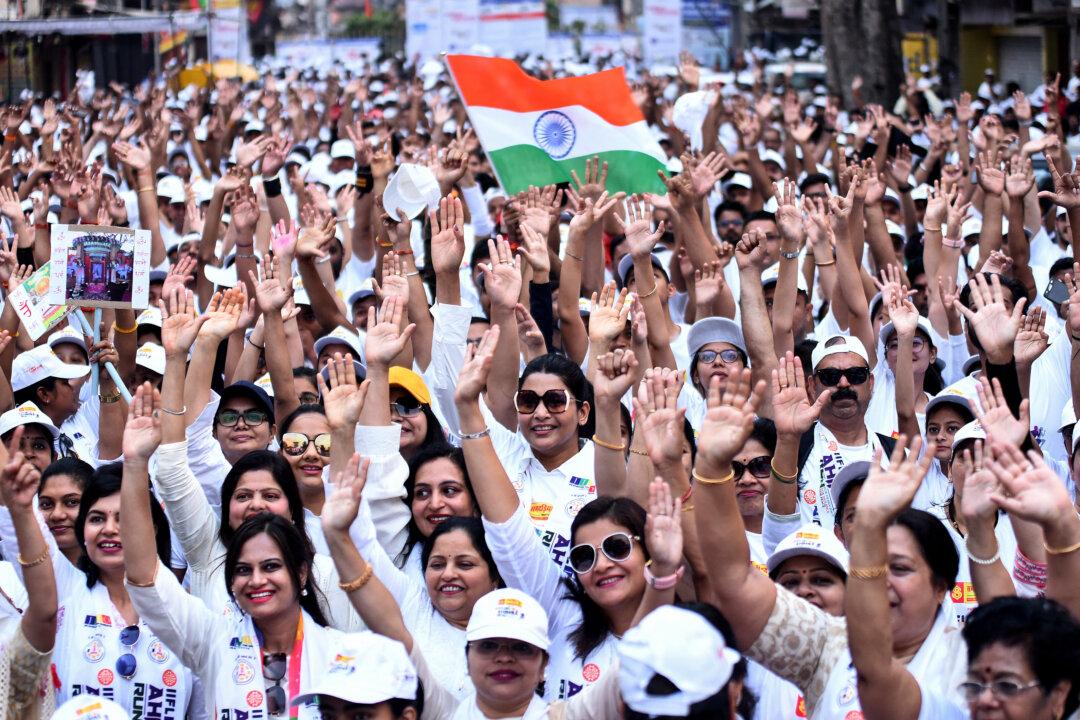
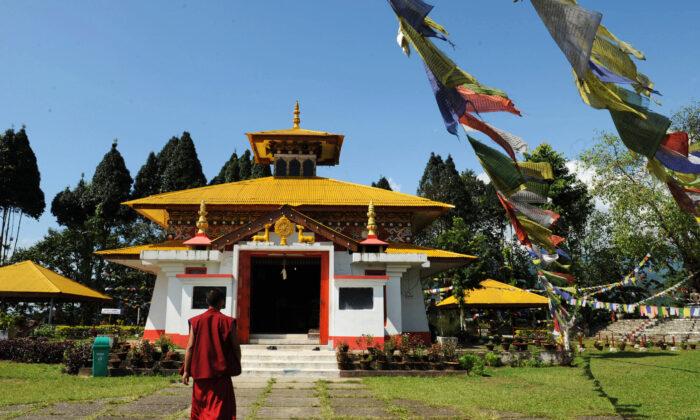
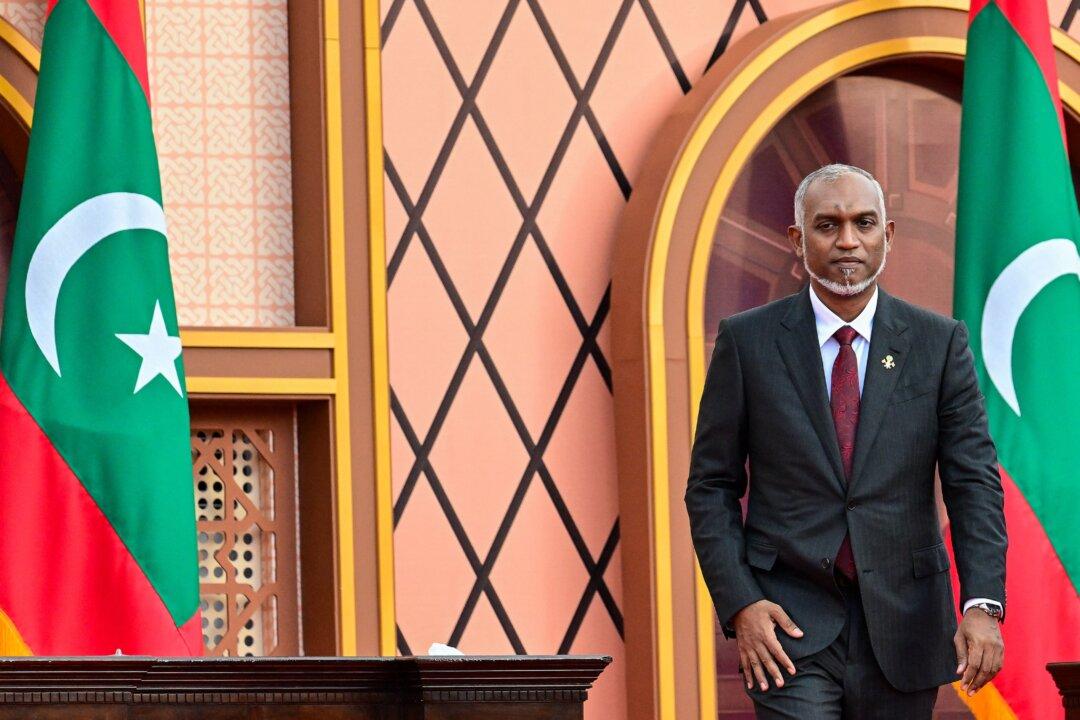
Friends Read Free